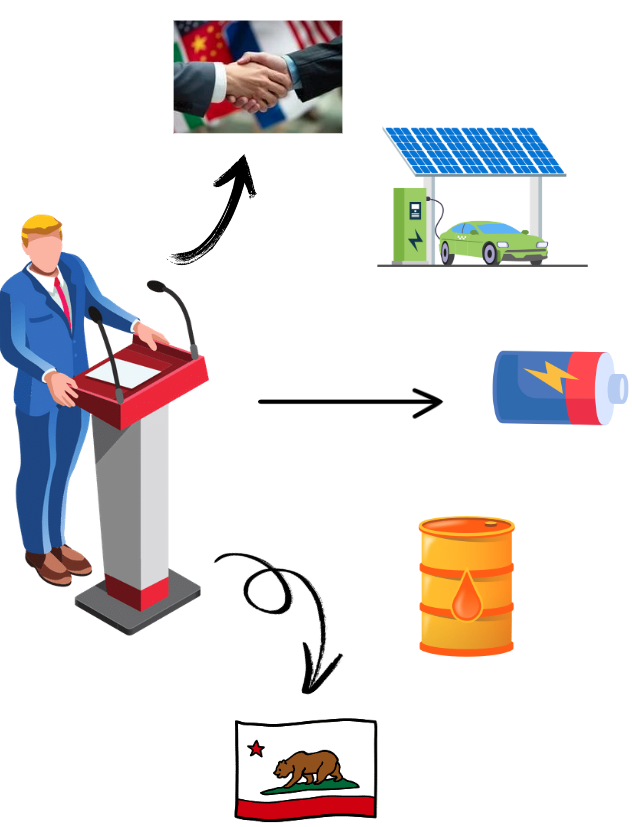
U.S. EPA Announces Deregulatory Actions
![]()
The EPA, on March 12, 2025 announced several major deregulatory steps. Here’s a summary pertinent to transport decarbonization.

![]()
The EPA, on March 12, 2025 announced several major deregulatory steps. Here’s a summary pertinent to transport decarbonization.

![]()
A summary of the high-level changes announced by the White House, EPA and other related agencies and their potential impact on the transport sector.
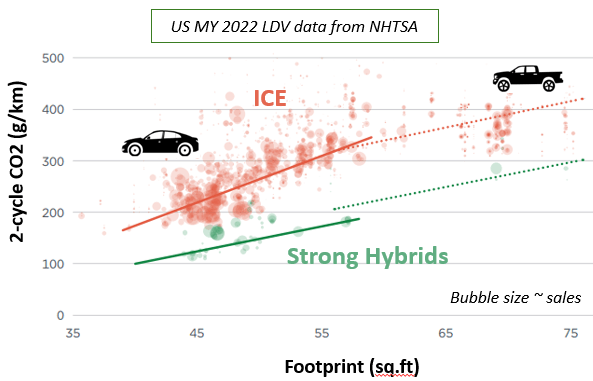
![]()
In light of the Trump administrations executive orders limiting EV mandates and incentives, hybrids might offer a pathway for continued fuel economy improvements. This post summarizes the key findings on their CO2 reduction potential.

![]()
Dedicated hybrid engines are approaching 50% brake thermal efficiency and propelling the popularity of range extended EVs in China.
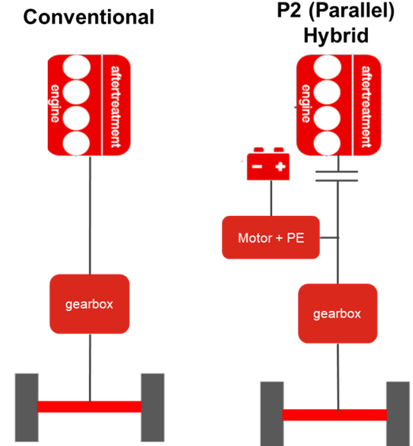
![]()
A summary of a new study highlighting the role hybrids could play in meeting upcoming CO2 standards in Europe, and the implications for electric vehicle share.

![]()
The SAE World Congress was held in Detroit and covered a broad range of topics pertinent to transport decarbonization. Here’s a link to download presentations on emissions and sustainability.

![]()
EU Commission finds real-world CO2 emissions from cars and vans in Europe greatly exceed lab certification values. Plug-in hybrids are not being charged as much as estimated.
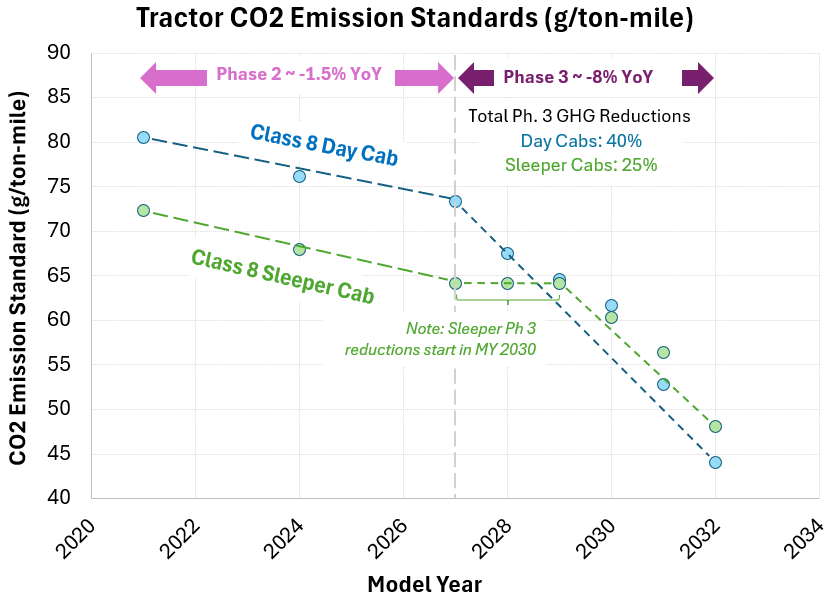
![]()
The U.S. EPA has finalized the Phase 3 GHG rule specifying CO2 emission reductions from heavy-duty trucks and buses over MY 2027 – 2032.
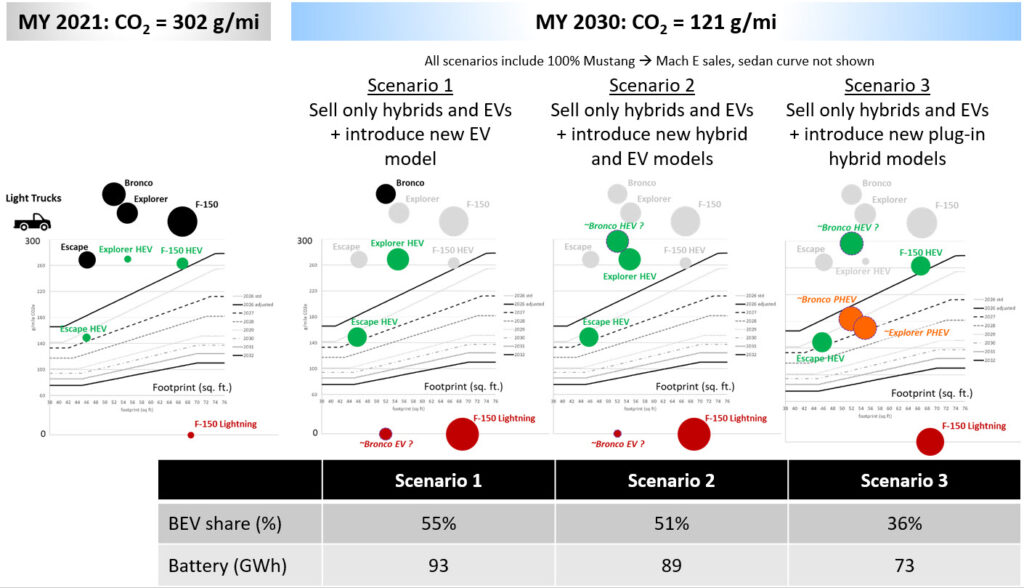
![]()
How are light-duty cars and trucks expected to meet future EPA fuel economy standards? What level of electrification would be required? Would hybrids play a role? How does one go about calculating it? Here’s a case study attempting to address some of these questions.